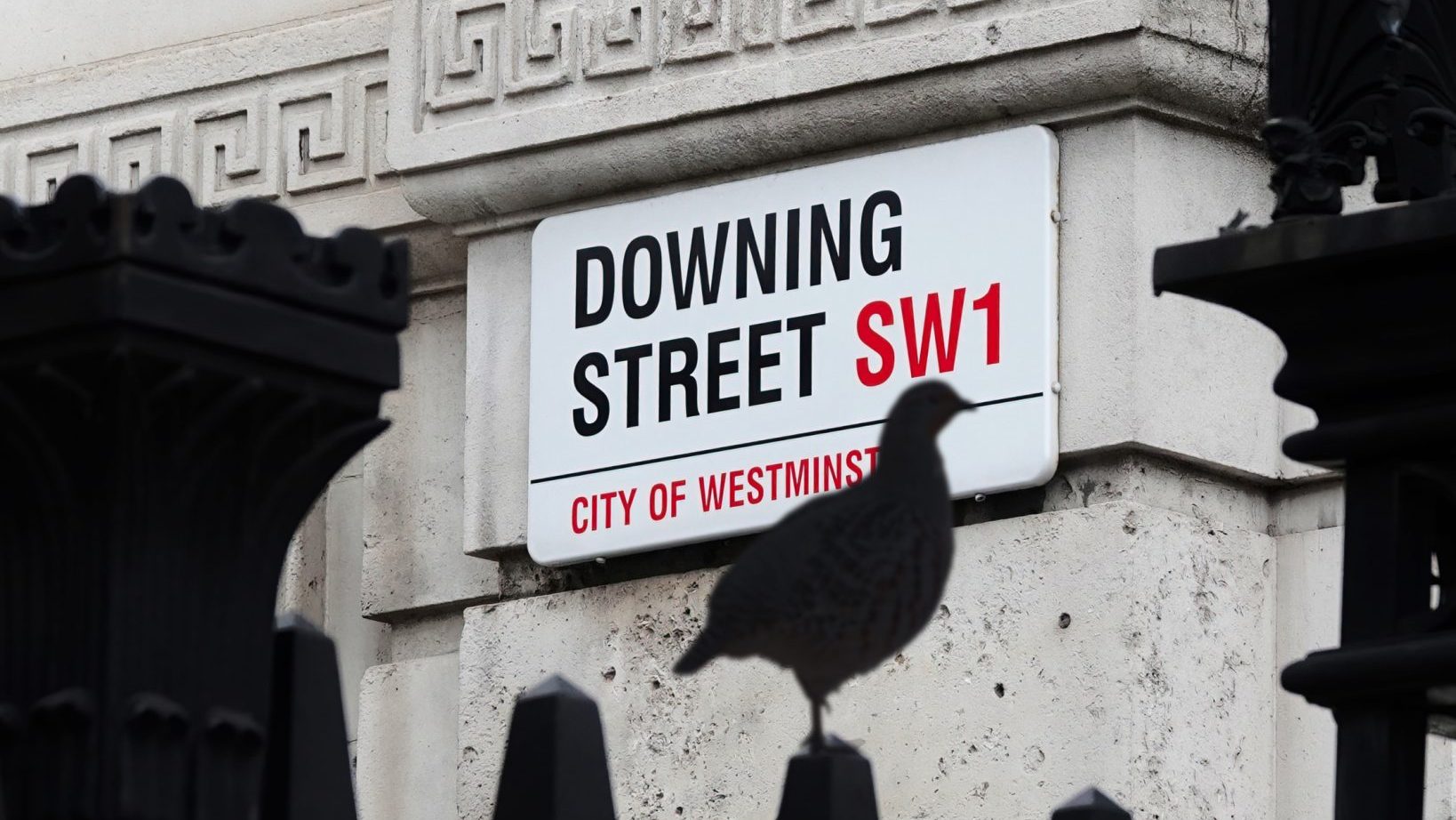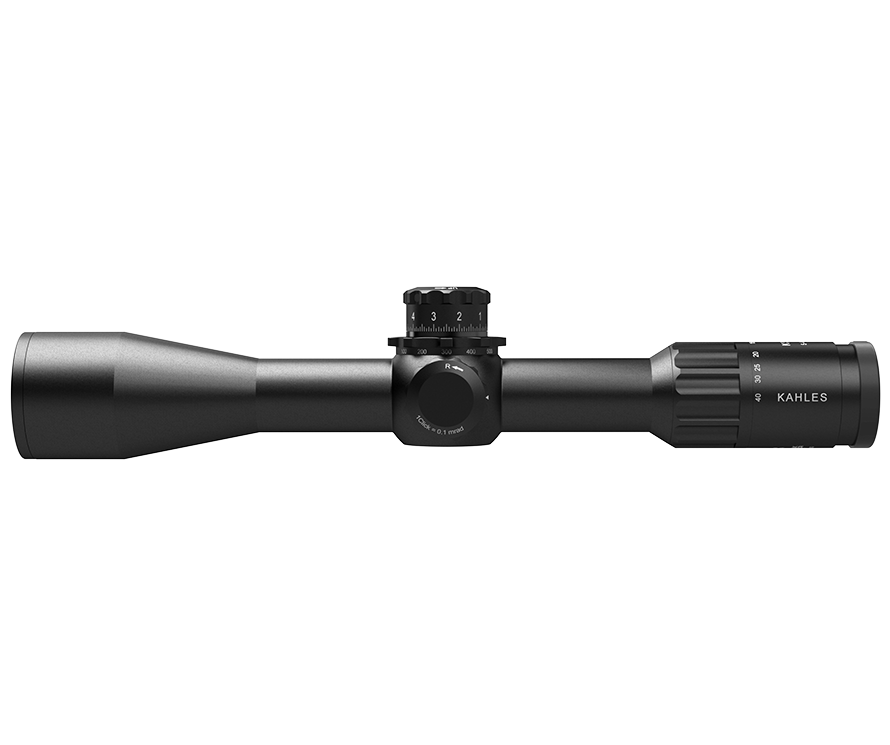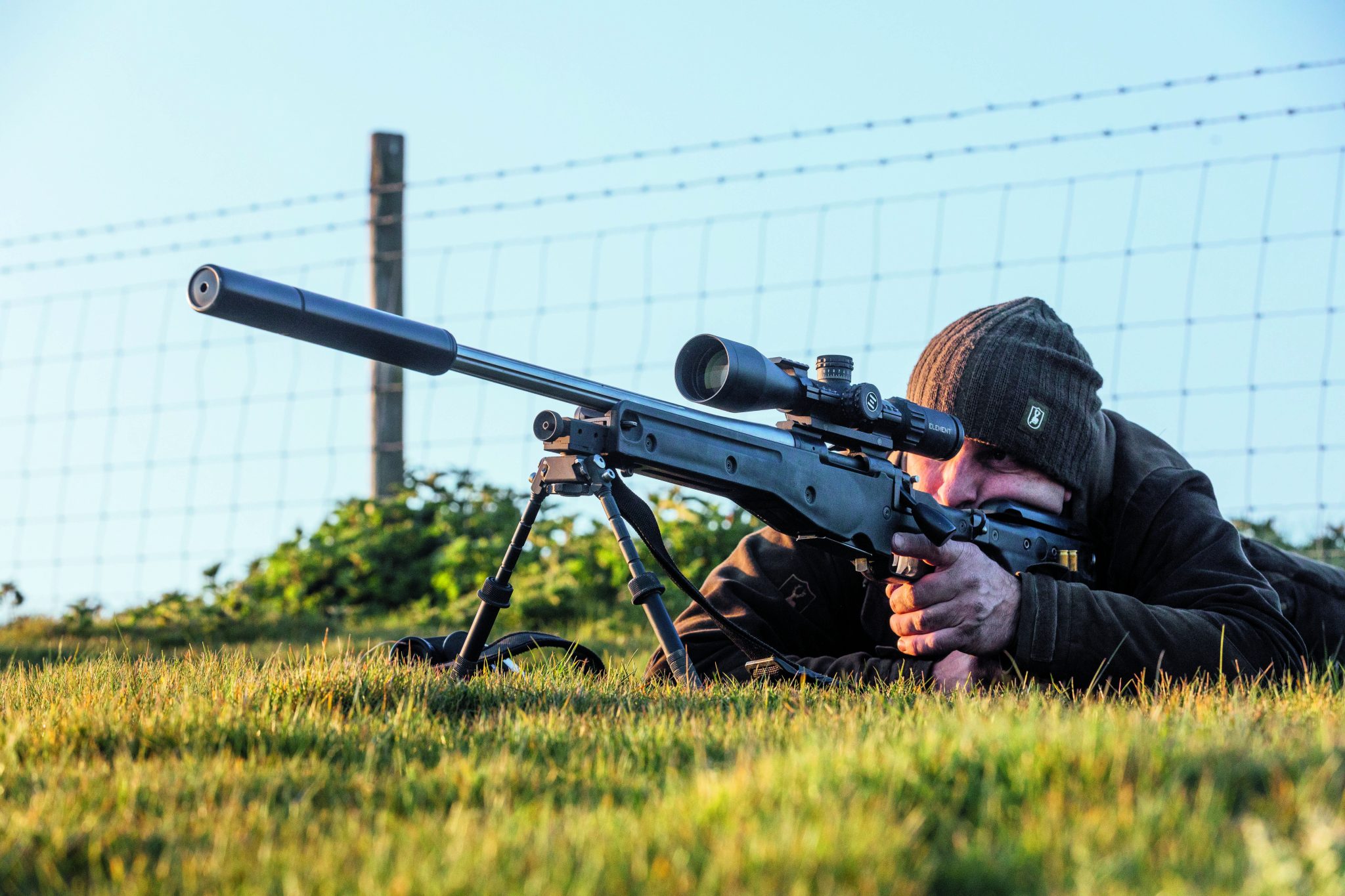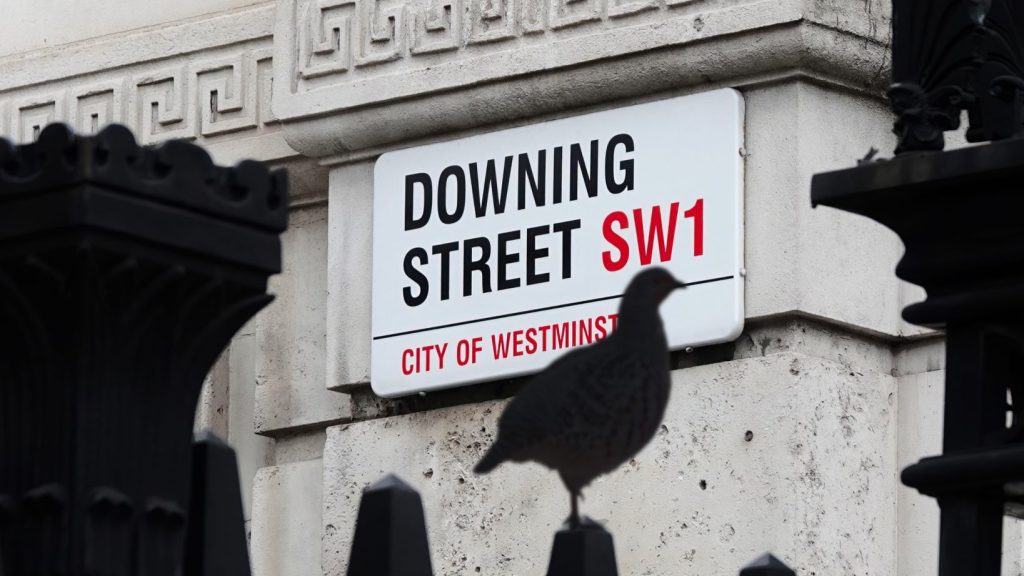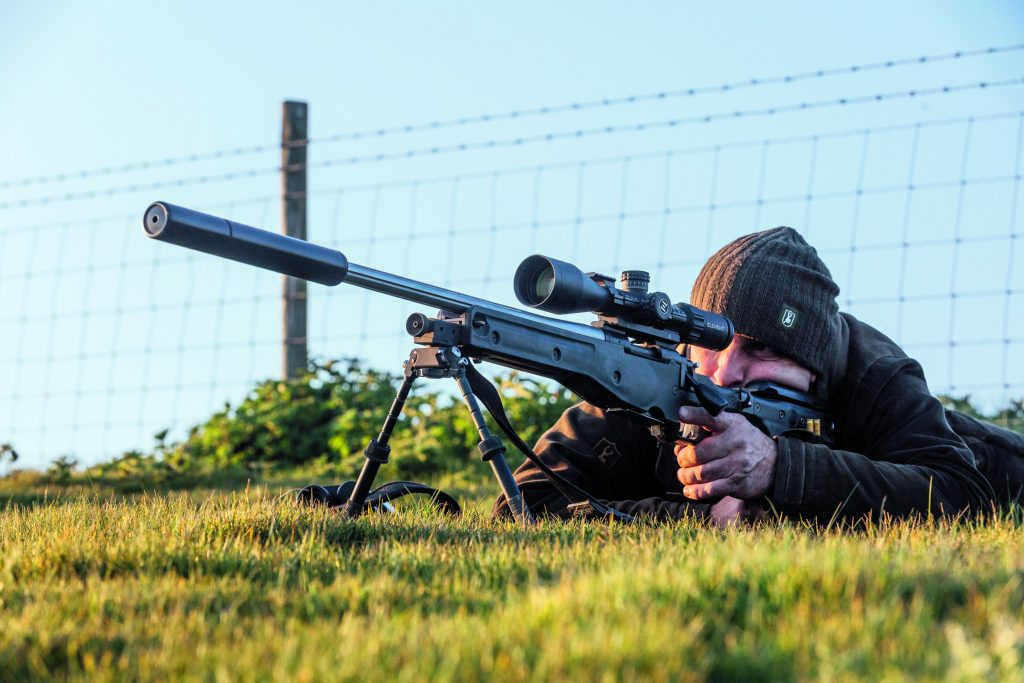News
Why local markets are essential to venison sales
Would you like to speak to our readers? We offer sponsored articles and advertising to put you in front of our audience. Find out more.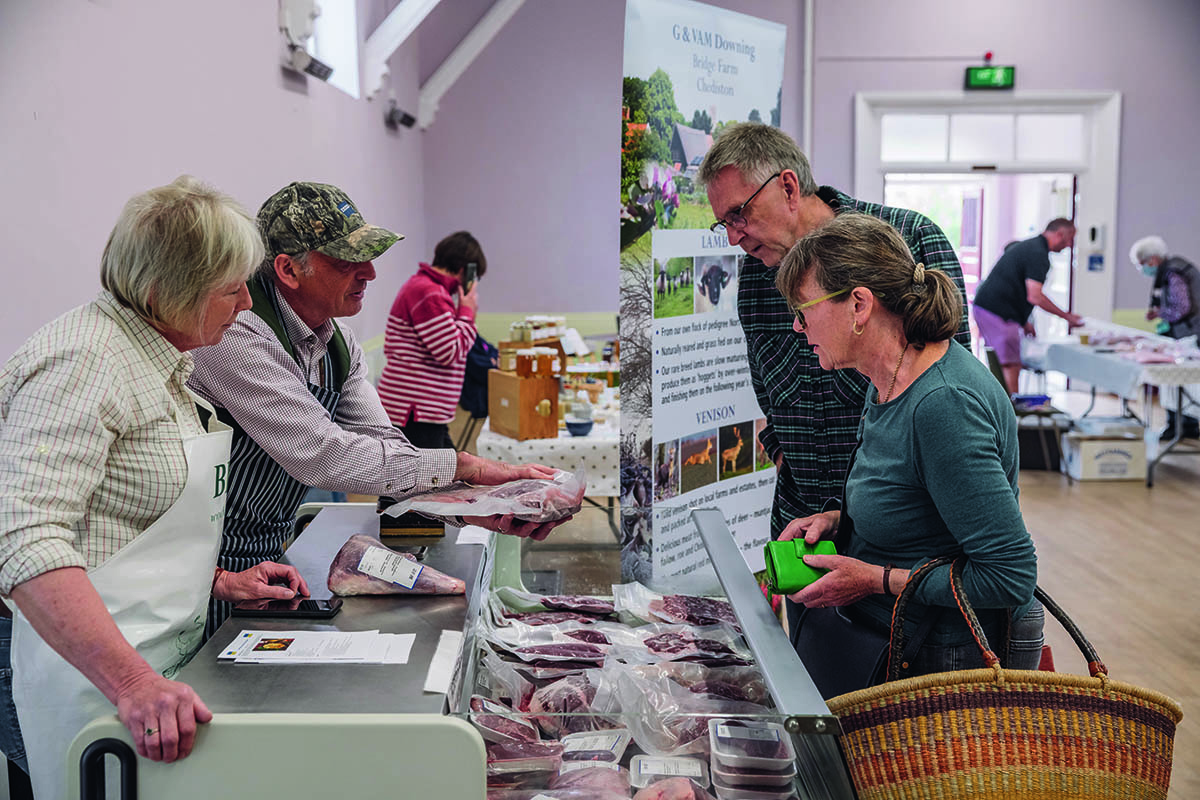 Graham Downing sells his venison at a local farmers market in Rifle Hall, Halesworth, Suffolk
Graham Downing sells his venison at a local farmers market in Rifle Hall, Halesworth, Suffolk
If you’re looking for fresh food that’s steeped in local flavour, food that comes directly from the countryside around you, pay a visit to your nearest farmers’ market. Take, for instance, our local monthly market a couple of miles away in the small Suffolk town of Halesworth. It’s a place where you’ll find an entire menu of meats, cheeses and fresh produce from farms, smallholdings and back gardens in the surrounding villages.
There’s honey, delicious freshly baked bread, Steve the smallholder with his pork, bacon, sausages and goats’ cheese and Lottie’s fresh farm beef from Cratfield. In season you’ll find armfuls of lettuce, cabbages, calabrese and other greenery of all kinds. Then there’s locally grown grass-fed Norfolk horn lamb and mutton, and wild venison.
Venison sales have faced a perfect storm in recent years. Even before Brexit, the flooding of our traditional export markets in Europe by carcasses from Spain, Poland and elsewhere was starting to affect the prices paid by the larger dealers. Then came the disruption caused by our exit from the EU, followed swiftly by a Covid-induced slump in demand for venison as the entire hotel and restaurant industry went into mothballs, and the result has been little short of a disaster.
If there is no commercial outlet for wild deer carcasses, it follows that culls will be reduced and that is exactly what has happened. Over the 2020-21 season it was estimated that culls in Scotland were down some 40% on previous years, but even with the reawakening of the hospitality industry, the bulk marketplace for
in-skin carcasses across the whole of Great Britain continues to struggle.

Graham’s total annual bag is two-thirds muntjac deer and 12% Chinese water deer
Click here to read from our archives on deer stalking
Click here to read up on our selection of venison recipes
Champions
Step away from the game dealer’s door, however, and an entirely different market beckons for the venison we produce, because across the country in small market towns and villages like ours there is a huge and, I believe, growing demand for locally shot wild venison. It is promoted by those champions of wild meat who strut their stuff on television and is supported by campaigns run by the likes of BASC and the Countryside Alliance.
But it is fuelled by hundreds of individual stalkers who have made the decision to convert their in-skin carcasses into steaks and fillets and sell them direct to local consumers.
It is a decision I made more than 10 years ago. At that time, the Deer Initiative in our region was busy promoting an East of England Wild Venison Project and offering significant sums of EU money for local schemes designed to improve both the deer cull and the market for wild venison. I grabbed the opportunity.
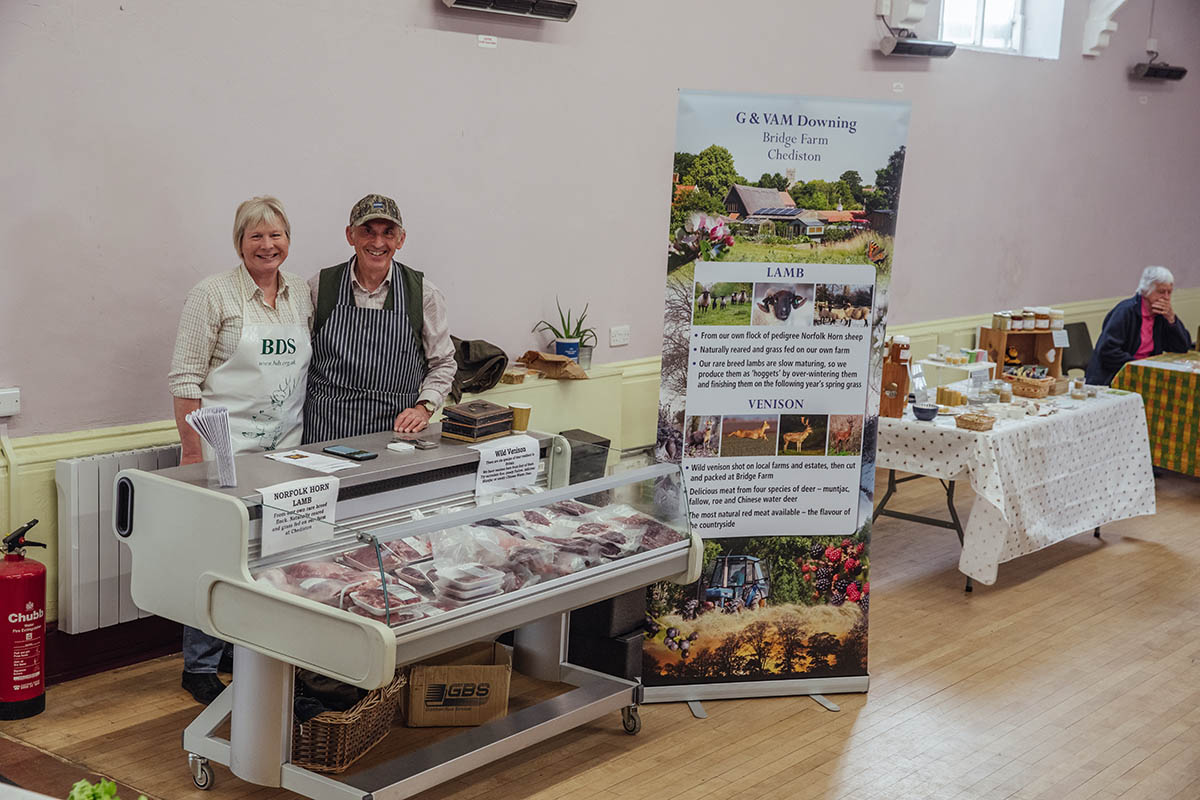
Graham Downing sells his venison at a local farmers market in Rifle Hall, Halesworth, Suffolk
I had already converted an old farm milking parlour into a deer larder, but the new project enabled me to upgrade the larder by cladding the ceiling with food-safe hygienic panels, installing a new chiller and buying both a stainless steel cutting bench and a labelling scale. This started me on the way to supplying home-produced wild venison to our local community here in Suffolk.
There was, of course, a major administrative hurdle to overcome before we could go to market — the registration of our food business with the local authority. To start with, I found the prospect of registration a worry, but in the end it was far easier than I ever thought possible.
An application to the district council soon resulted in an appointment in the diary for a visit from the environmental health officer. She took a thorough look around the newly refurbished larder, confirmed exactly what it was that we wanted to produce and sell, and gave the whole project the thumbs up. Registration of our small family farming business as a food producer was quickly confirmed.
At the time, we were in the process of expanding the flock of pedigree Norfolk horn sheep that we had initially established for conservation grazing. Registration provided us with both the opportunity to market venison and to fully commercialise direct sales of local rare-breed lamb and mutton from our own flock.
In return for the Wild Venison Project money, the Deer Initiative asked me to increase by 40% the cull on the farms and estates where I shoot. But over the past 10 years I’ve done far more than that; in fact my cull has more than trebled. About two-thirds of what I shoot are muntjac, with Chinese water deer making up around a further 12%. With the addition of a few roe, the bulk of my carcasses are of the smaller species that are ideal for home butchery.

There is so much that you can do with venison and Graham has plenty of return customers
Dicing and mincing
Everything that is shot goes into the chiller and hangs for about a week, after which I process the carcasses in batches, skinning them then butchering down into fillets and steaks. I usually strip the meat off the shoulders and necks for dicing and I mince the flank. Anything that is remotely shot-damaged is cooked
for the dogs.
It is all then vacuum-packed and frozen. This involved buying a vacuum-packing machine and two freezers, one in the larder for farm-gate sales and one to provide back-up bulk storage. The labelling machine provides the finishing touch, adding the farm name, the type of product and the packing and use-by dates.
In addition, it automatically calculates the pack price.
Presentation is really important if you are trying to create a premium product to sell to a discerning public. I started using an absorbent blood-stop carrier sheet on which to present the steaks and fillets. Though it adds to the cost of packaging, I really think it makes a difference, adding as it does another touch of professionalism.
A further important step was the purchase of a chilled display cabinet for our market stall. In the past, it was always a struggle to prevent packs of frozen venison from thawing out, but the mobile chiller unit keeps it all frozen while on display. It was a significant cost to the farm business, but it has revolutionised our presentation, while ensuring that everything remains frozen, even on a warm summer day.
For the past seven years we have attended our monthly farmers market selling lamb and venison. Nothing provides a better education in marketing than standing at a stall and trying to sell to the public the food you have produced. The experience has opened my eyes and made me realise how much our local community enjoys eating venison from the wild deer they see about them.
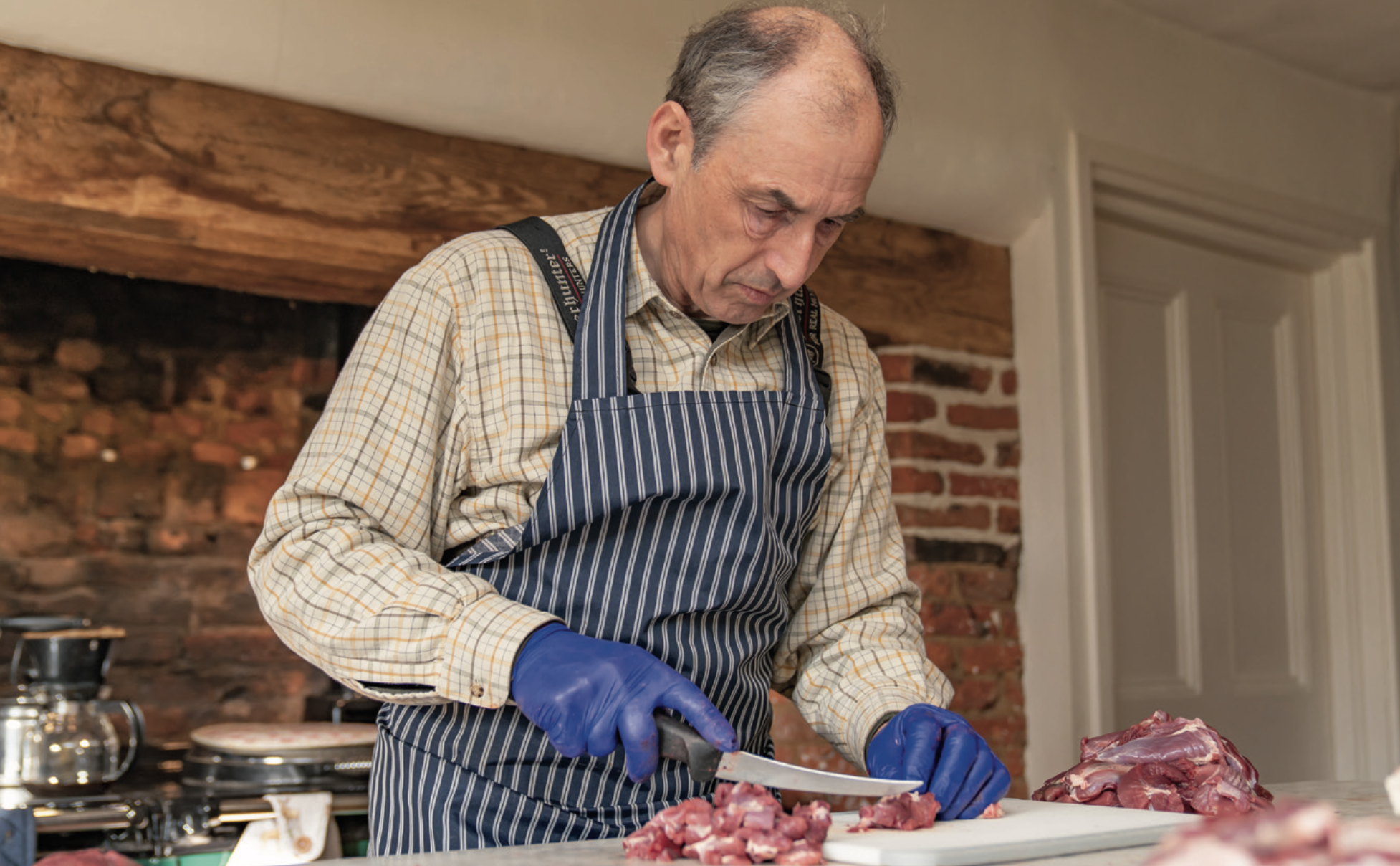
Graham processes the carcasses in batches, skinning them and butchering up steaks and fillets
Muntjac venison has always been especially popular and while some customers may buy their first steaks or fillets in order to get their revenge on the little critters that have been raiding their gardens, they generally fall in love quickly with the delicious flavour. Around Christmas the larger joints come into their own, as whole haunches of roe provide the centrepiece to family yuletide feasts, but there are many regular customers who now understand how a butterflied muntjac haunch sits perfectly on a summer barbecue.
Inevitably, a good deal of my time is spent talking through the various venison cuts and explaining the qualities of the different species that we have on display, because I believe we should be selling much more than generic venison. Comparing fallow rump with muntjac fillet is like comparing salmon with bass or a Costa Rican arabica with a high-roast Ivory Coast robusta. They may all be delicious, but are all totally different.
For that special dinner party I can offer muntjac or roe fillet that melts in the mouth like butter. For a chilly winter weekend we have packs of diced fallow and muntjac shoulder for a warming casserole or a whole muntjac haunch that will feed a family of five as a special Sunday roast.
And inevitably I spend a lot of time explaining the rationale for deer management. Perhaps in a rural area like Suffolk there is more understanding about how the countryside works, but I find that people genuinely appreciate learning about how we shoot and prepare the meat that we are offering and to which we are giving our personal guarantee of quality.
We have had many people who have at first come hesitantly to our stall, perhaps a little unsure about wild meat but interested to learn about how deer have to be managed. They go away converted. Often they will come back month after month and some have now been regular customers for years.
The public relations job we do for deerstalking may be a by-product, but when you’re marketing venison directly to the public, you’re doing more than simply selling meat: you’re promoting good countryside management along with our rural traditions and the rural way of life.
Related articles
News
Anti-grouse shooting petition crushed by MPs who don't even shoot
Wild Justice's petition to ban driven grouse shooting was quashed in Westminster Hall yesterday, with all but one MP opposing the ban
By Time Well Spent
News
A sound decision as moderators to be taken off licences
The Government has finally confirmed what the shooting community has long argued – that sound moderators should be removed from firearms licensing controls
By Time Well Spent
Manage Consent
To provide the best experiences, we use technologies like cookies to store and/or access device information. Consenting to these technologies will allow us to process data such as browsing behavior or unique IDs on this site. Not consenting or withdrawing consent, may adversely affect certain features and functions.
Functional Always active
The technical storage or access is strictly necessary for the legitimate purpose of enabling the use of a specific service explicitly requested by the subscriber or user, or for the sole purpose of carrying out the transmission of a communication over an electronic communications network.
Preferences
The technical storage or access is necessary for the legitimate purpose of storing preferences that are not requested by the subscriber or user.
Statistics
The technical storage or access that is used exclusively for statistical purposes.
The technical storage or access that is used exclusively for anonymous statistical purposes. Without a subpoena, voluntary compliance on the part of your Internet Service Provider, or additional records from a third party, information stored or retrieved for this purpose alone cannot usually be used to identify you.
Marketing
The technical storage or access is required to create user profiles to send advertising, or to track the user on a website or across several websites for similar marketing purposes.

